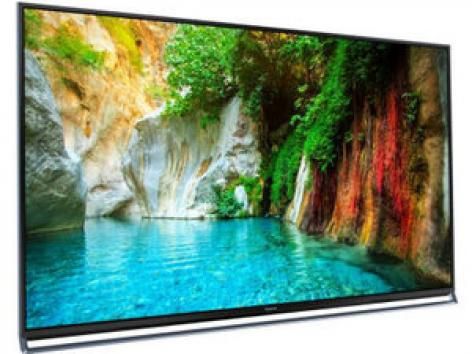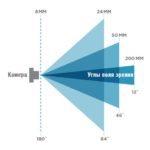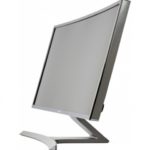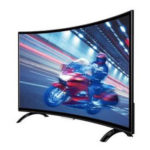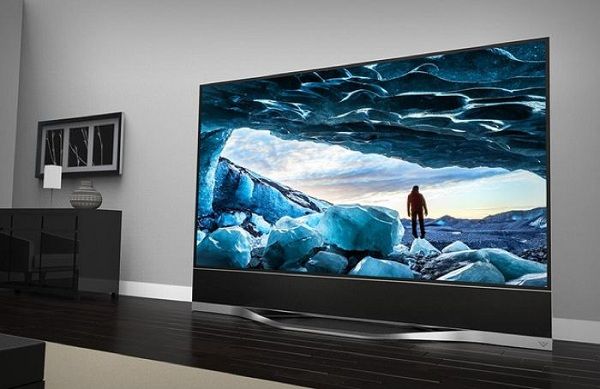Which TV is better: curved or straight?
Today, almost every apartment has a TV, and not everyone is limited to one copy. When it comes to which screen structure is better - flat or curved, the vast majority prefer the first option. Advertising also intrusively promotes new products with a perfectly flat screen. How things really are will be described within the article.
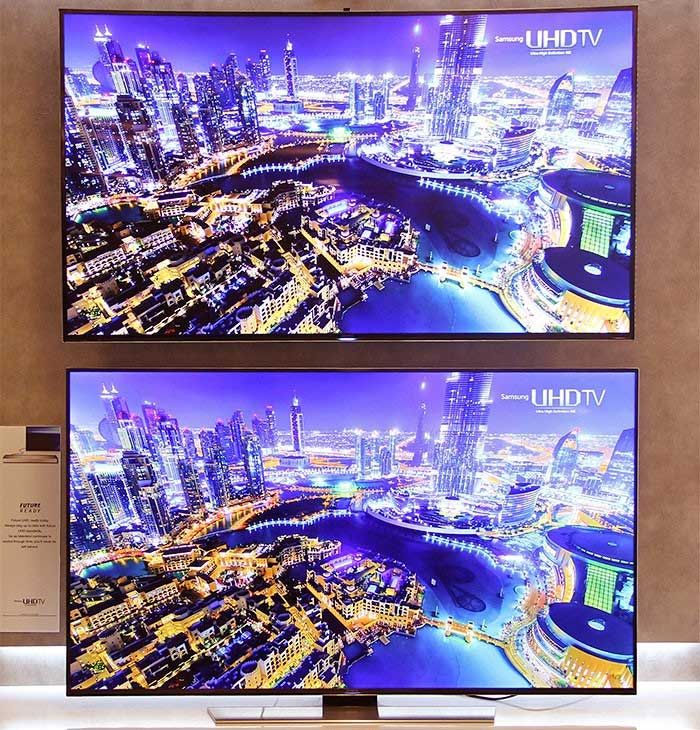
The content of the article
Comparison of appearance advantages
In terms of design, products with flat or concave screens have a modern, if not futuristic, appearance. Concave models are especially suitable for cutting-edge design. If the home is furnished in high-tech style, then a TV in the style of the eighties or nineties of the last century will not fit into the interior. But if the home is furnished in a retro style, then a TV with a large picture tube will successfully complement the ambiance.
The second important detail is that, as a rule, a TV with a curved screen takes up more space than a flat screen. As a result, difficulties when installing on the wall. Flat-screen TVs are conveniently mounted on the wall, and in the vast majority of cases this is the intended use case. Models with a curved screen shape are usually placed on a cabinet, floor or table.
Viewing angle
Depending on the angle of curvature of the screen, the panorama angle of the resulting image changes.With visually the same size in width, the panorama of the image on a concave screen is wider than on a flat one. Due to this, the effect of being in a cinema is achieved. But there is also another side to the coin. When a person sits in front of the TV not directly opposite it, but at an angle of more than 35 degrees, the result is a serious distortion of the panorama of the image, that is, watching TV from such an angle is, to put it mildly, problematic. Not only is the distortion somewhat annoying, but the eye simply gets tired of such a picture.
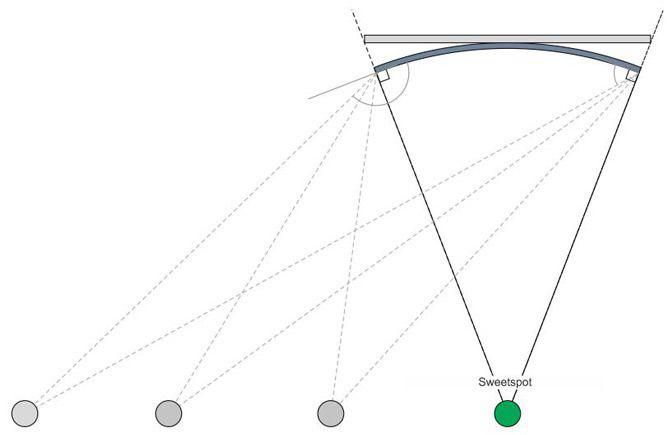
Some modern models with a curved screen shape do not produce distortion in terms of contrast and brightness of the picture depending on the viewing angle, which is clearly expressed in liquid crystal displays. This disadvantage does not exist in OLED displays.
Reflection
This parameter is determined not by the shape of the display, but by its physical properties. Even in a dimly lit room, a glossy screen produces glare and reflections. A matte display allows you to avoid this trouble.
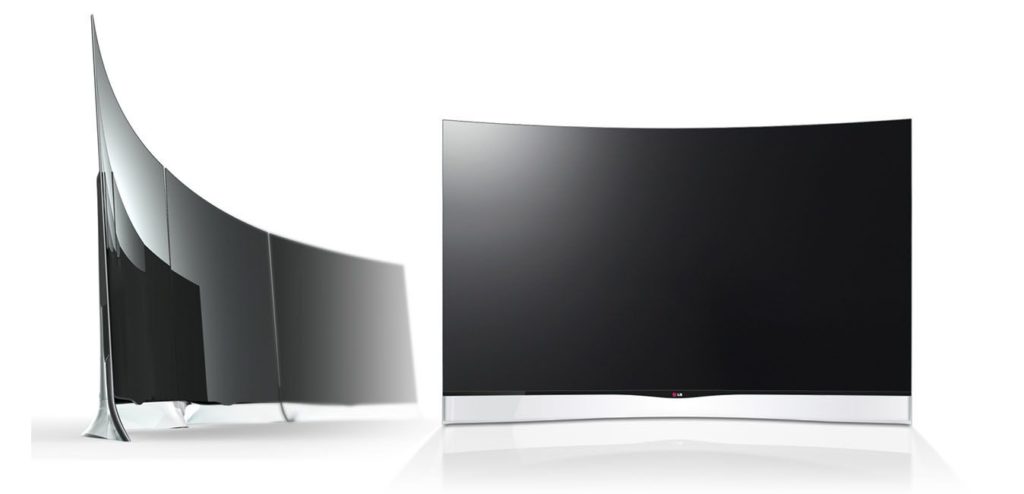
If the screen produces a rich and bright image, this can reduce its reflective effect, even if it is not matte. If the picture is dim, the highlights will be more noticeable. The location of the TV relative to the light sources is also important. Placing it directly in front of a bright lamp is not the best solution. The ideal option is to watch TV without the lights on.
Cost/quality
Despite minor advantages, the price of products with a concave display is unreasonably high. There are absolutely no significant advantages in favor of such a pricing policy. Therefore, from the point of view of investment, this new product does not provide any gains in image quality.
An explanation, but not an excuse for this phenomenon, is that leading manufacturing companies such as Samsung, Panasonic and LG position this type of product as a flagship and for those who want to be “in trend”, this may be a criterion. But, in fact, curvature and steepness are not exactly the same thing. Regarding the gain in picture quality, it is noticeable only with a very large image size, and is not as large as we would like based on the price of the product.
Pros and cons of both
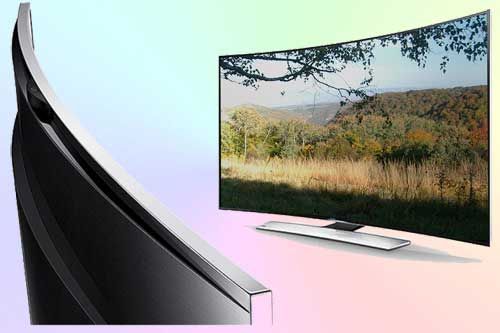
A concave display has the following advantages:
- greater immersion, that is, the visually perceived screen space is relatively flat;
- when watching a large TV, the depth of the image is clearly higher than that of a similar one with a flat display;
- the image contrast on OLED displays deserves praise, which is also typical for flat screens with similar technology;
- interesting ultra-modern appearance, which is an important criterion for some.
Disadvantages of technology:
- high reflectivity due to the curvature of the surface;
- a smaller comfortable viewing angle than a flat screen TV;
- difficulties when mounting on the wall, as well as the rather bulky appearance of this mounting option;
- For the technology to provide the stated benefits, you need a really large screen size, for example, 85 inches;
- prohibitively high cost of products.
Conclusion

To conclude the review, we can give a summary - flat screen technology in terms of price/quality criteria is significantly superior to a concave display. The final decision remains with the buyer, but it is probably worth waiting until the pricing policy of the manufacturing companies takes a more reasonable form.
